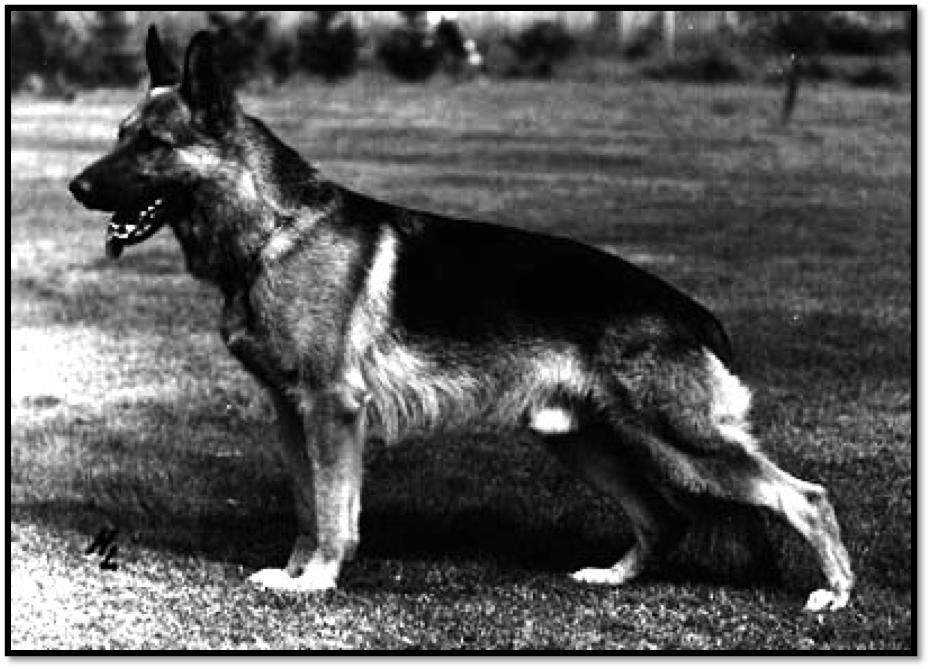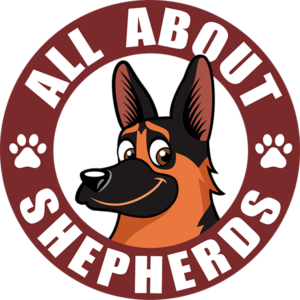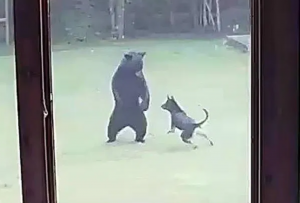
This is perhaps one of the most most debated topics of the German Shepherd breed. Should the shepherd have a straight back or a sloped back.
People all over the planet get very bent out of shape and emotional when trying to discuss the shepherd’s back. Some people say the straight back looks awful. Others call the sloped back a mutilation or deformity due to bad breeding. There is, however, one things nearly everyone discussing this has in common: complete ignorance.
Which is better? Straight or sloped?
To make a long story short, German Shepherds should have good angulation to their rear. However, that statement is about 1% of what you need to know.
There are two articles which separate fact from opinion and absolutely nail down everything you ever wanted to know about the back of the German Shepherd Dog. They are written by Louis Donald, SV Foreign List German Shepherd Dog Judge, Working Dog Judge & Breed Surveyor.
- The Evolution of the back of the German Shepherd Dog – A very detailed article of the German Shepherd Dog’s back which discusses the anatomy of the back. By far, the most exhaustive article on the Internet. If you REALLY want to know about the back, thoracic vertebrae, lumbar vertebrae, withers, loins, rib cage, spinal chord, muscles, tendons, ligaments, etc, and understanding the back’s true function and how it has changed from 1900-2014, this is the article for you.
- Problems in the German Shepherd Dog – This article goes into deep detail and has diagrams and images which explain, in detail, precisely how different types and styles of GSDs should be formed, the angle of the tibia, lumbar spine, distances for toes, stances, hocks, thigh distances, hind stability, plumb lines, knee heights, knee positions, pelvis angles, femur length, chest and foreleg ratio, hip positions, and much, much, much more.
The bottom line
There is a whole lot more to the German Shepherd’s back than a simple observation to the untrained eye. Just take a glance at those two articles. You can read and digest them for 2 – 3 hours and when you’re done you’ll know that neither you or I are fit to judge a dog’s back just by looking at it.
And you’ll also know now that well over 99% of people have absolutely no clue as to what they are talking about when they discuss a dog’s back. Heck, most people probably can’t identify the dog’s actual “true back”.







